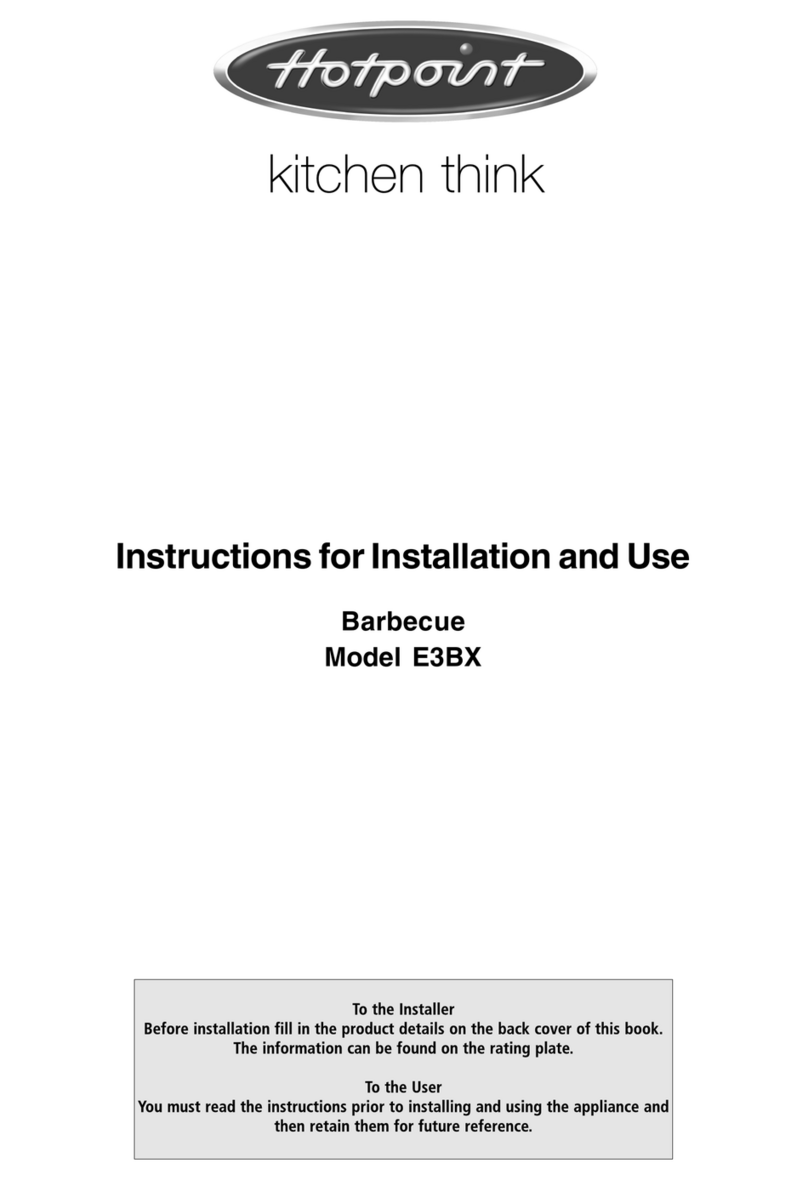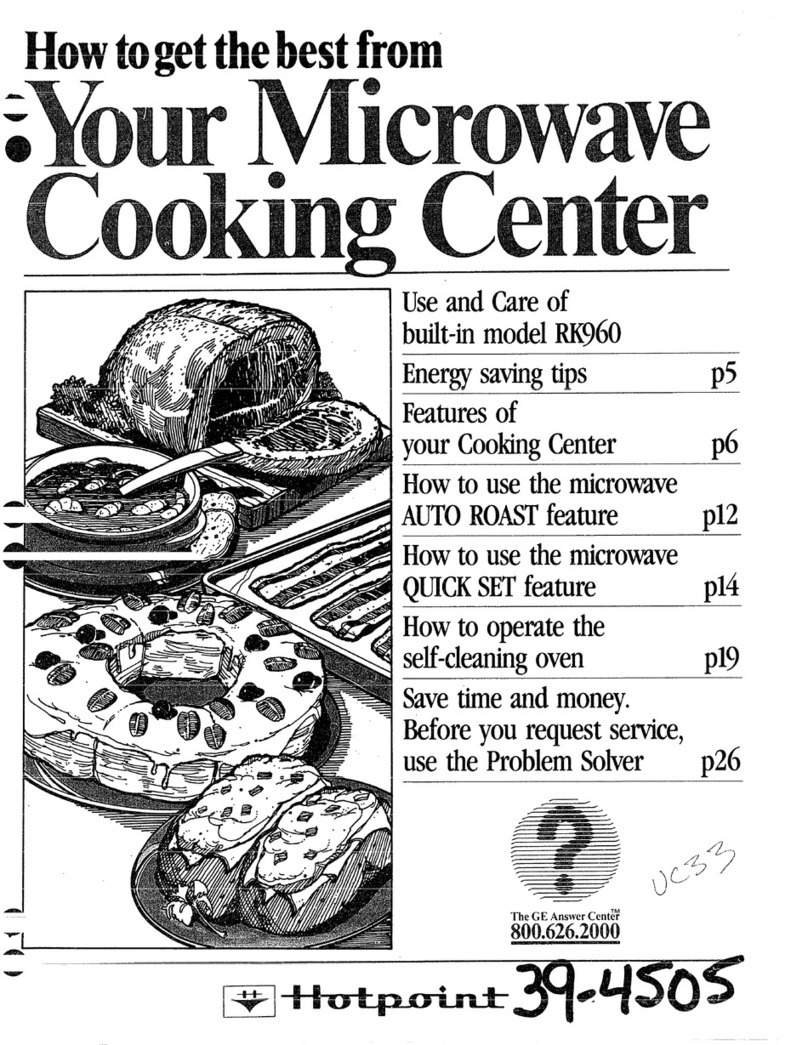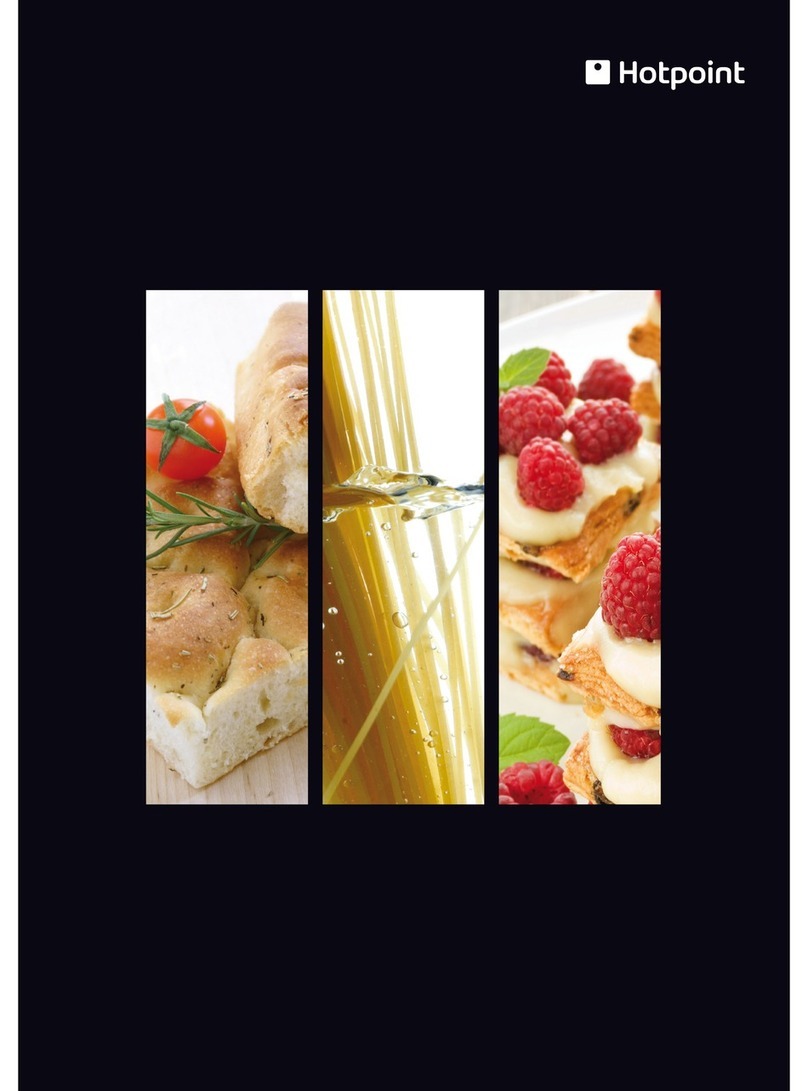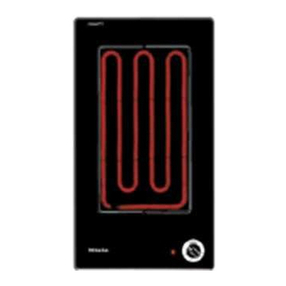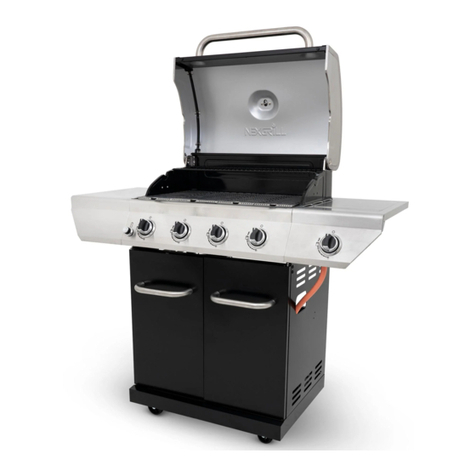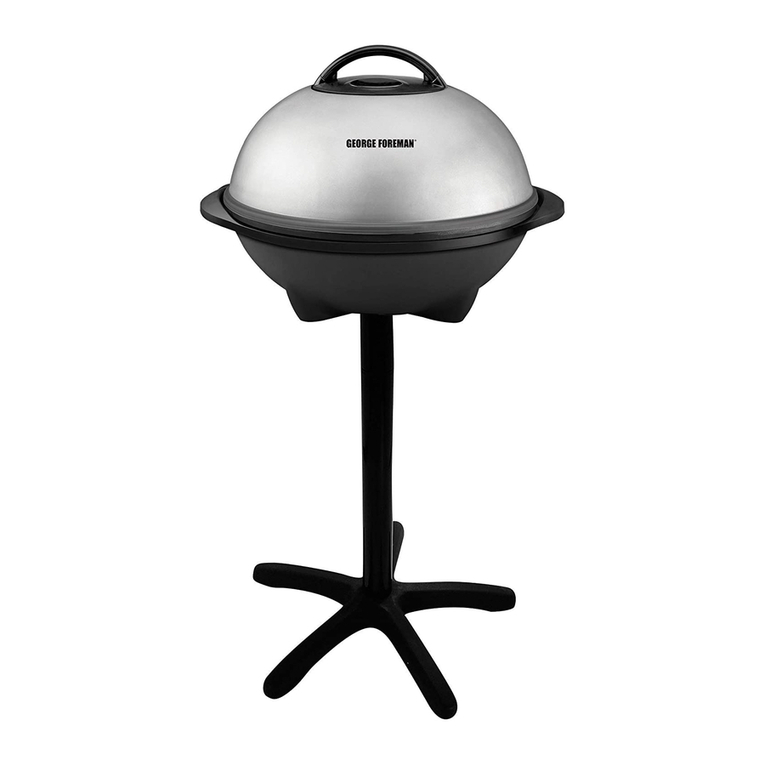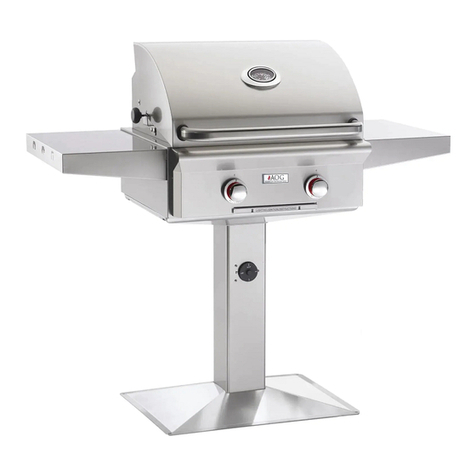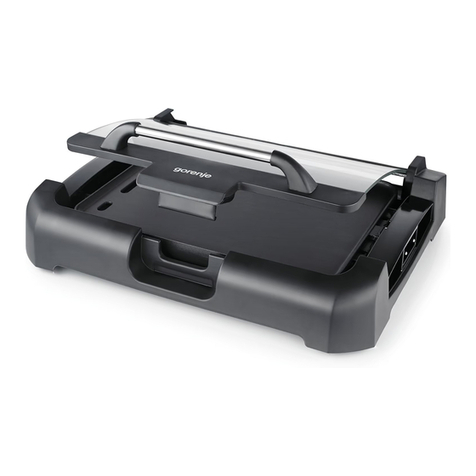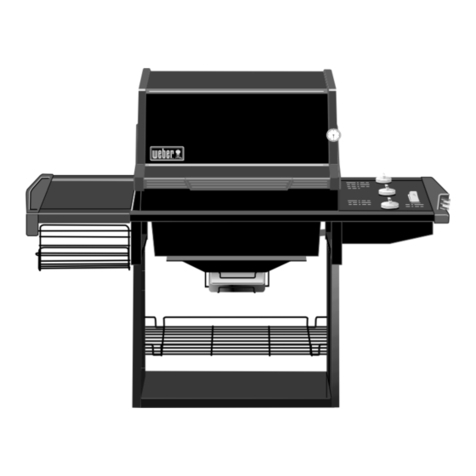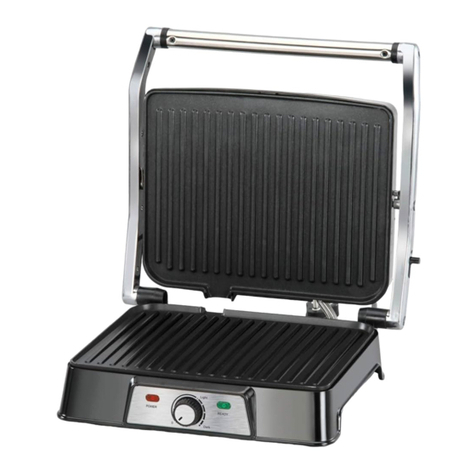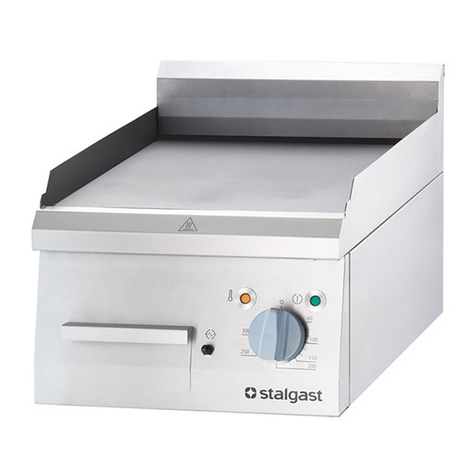PettiLy tip [u IUllUW
A
,_ 1. UOOKIngutensils may become hot because
-- of heat transferred from the healed food. This
is especially true if plastic wrap has been
covering the top and handles of the utensil.
Pot holders may be needed to handle the
utensil.
2. Sometimes, the oven shelf can become too
i._m L .... t. n.... e•
,or to LUUL;..t_e careml touching the shelf
during and after cooking.
3. Don't heat unopened food containers in
............ the oven. Pressure building up can cause the
..... :___ L................. inj
4. Don't defrost frozen liquids--especially
carbonated ones--in the oven. Even if the
container is opened, pressure can build up.
This can cause the container to burst, result-
_ mg m injury.
t. Don't overcook food excessively. Food
lWdries out, and can even ignite in some cases.
6. If food should ever ignite: Keep the oven
door closed. Turn off thA onw_,.r lmmmrlint_,lv.
turn t ito 6FF oriii- e%- ed"
or shut off power at the fuse circuit breaker
panel.
7. Remove the temperature sensor from the
oven when not using it to cook with. If you
leave the sensor inside the oven without in-
serting it in food or liquid, and turn on micro-
wave energy it can create" electrical arcing in
8. Remove wire twist-ties on paper and plas-
tic bags before placing in oven. Twist-ties
.......... sometimes cause bag to heat, and may cause
only be heated for short periods of time:
9. Boiling eggs (in or out of shell) is not rec-
ommended for microwave cooking. Pressure
can build up inside egg yolk and may cause
it to burst, resulting in injury.
10. Do not pop popcorn in your microwave
oven unless m a special microwave popcorn
accessory or unless you use popcorn in a
package labeled for microwave ovens. Be-
cause of the heat generated without these
precautions, the container could catch fire.
J:AIi^ ..... L:I ----! ..... '
Wl ili l I iIurowi::tvi Jig
11. Use metal only as directed in cookbook.
Metal strips as used on meat roasts are help-
ful in cooking food when used as directed.
Metal trays may be used for TV dinners.
However, when using metal in the microwave
oven, keep.metal at least 1-inch away from
sides ot microwave oven.
12. Do not operate the oven while empty to
avoid damage to the oven and the danger of
fire. If by accident the oven should run empty
a minute or two, no harm is done. However,
L,t y ___VUIU UIJ_l';_blIlg 1,111_ oven einpLy a_ all
times--it saves energy and prolongs life of
the oven.
13. Foods with unbroken outer "skin" such
as potatoes, hot dogs or sausages, tomatoes,
_nnl_ chlck_n liv_r_ nnfl nfh.r _;hl_t_ _nr]
eggs (see above) should be pierced to allow
steam to escape during cooking.
14. "Boilable" cooking pouches and tightly
covering containers should be slit, pricked or
vented as otherwise directed in Cookbook.
If they are not, plastic could burst during or
immediately after cooking resulting in in-
jury. Also, plastic storage containers should
be at least partially uncovered because they
form such a tight seal.
15. Do not use your microwave oven to dry
newspaper. If overheated, it can catch fire.
16. Plastic utensils_Plastic utensils de-
signed for microwave cooking are very useful,
plastic may not be as tolerant of overcooking
conditions as are glass or ceramic materials
and may soften or char if subjected to short
periods of overcooking. In longer exposures to
overcooklng, the food and utensils could ig-
plastics only "and use them" in strict com-
pliance with the utensil manufacturer's rec-
ommendations. 2) Do not subject empty
utensils to microwaving. 3) Do not permit
children to use plastic utensils without com-
nl_fp _un_rvi_;nn
All these things are normal with your microwave oven:
............................ door. case.
4




